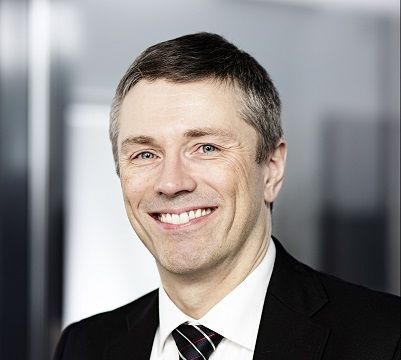
Networks form an integral part of industrial competitiveness
Column 09.09.2022
The long period of low inflation, negative interest rates, and cheap raw materials and energy is now over. This poses a whole new set of challenges for companies’ operations, as doing things well will no longer guarantee success. When suppliers are unable to provide materials and raw stock, processing will not produce added value. When the prices of energy or source materials rise significantly, operational profitability will face notable, even insurmountable challenges.
In terms of the export industry’s competitiveness, it is essential to create networks that can manage large wholes so that price competitiveness and delivery reliability can be maintained. This requires forecasting, materials procurement on a long-term basis, and good cooperation throughout the entire delivery chain. This will also take the requirements of the Lean ideology to a new level. Operating on the production pull control is not enough – one must be able to ensure the availability and price competitiveness of raw materials even before any actual production decisions are made. All this requires simplification at the portfolio level and broad visibility within the subcontractor network.
Wärtsilä has made a significant investment in Vaasa by building a new technology development centre, the Sustainable Technology Hub, that promotes innovations, cooperation, and green technology production. This whole, unique in its field and worth about 250 million euros, includes investments focal to product development, but at the same time, efforts have been made to renew the operational model for production control to better address the challenges posed by today’s world. A key enabler here is the new logistics centre that allows for more efficient support for pull control and ensures the availability of critical resources at the same time. It is essential to increase value added at the same pace with pull control, whereas critical resource availability is controlled by forecasting.
Joint development and innovating together with partners and interest groups form an integral part of the Sustainable Technology Hub. Thus we have, together with other Finnish companies, started developing the open smart manufacturing ecosystem OSME that seeks to digitally integrate operational networks. ”Sounds great, but all that must require huge investments”, you’ll hear someone whispering in the back row. In fact, the starting point for the OSME project is to utilise open standards and create new standards where parts of the software platform can be shared or provided for nearly free of charge, and where the data transfer protocols are standardised. This way, SMEs will not need to make unreasonable investments to be able to join the system. Sure, know-how and a common language are required to make the same platform – where everyone forms the focal point of their own network – work simultaneously with several players.
Thus, subcontracting networks form an integral part of industrial competitiveness. We need flexible operational models to succeed in the challenging, almost chaotic, operating environment of the global economy. No company can do well alone, but networks make us all stronger.
Column by the Subcontracting Fair 2022 theme partner Vesa Riihimäki, manager for Wärtsilä’s production, production facilities, and procurement
